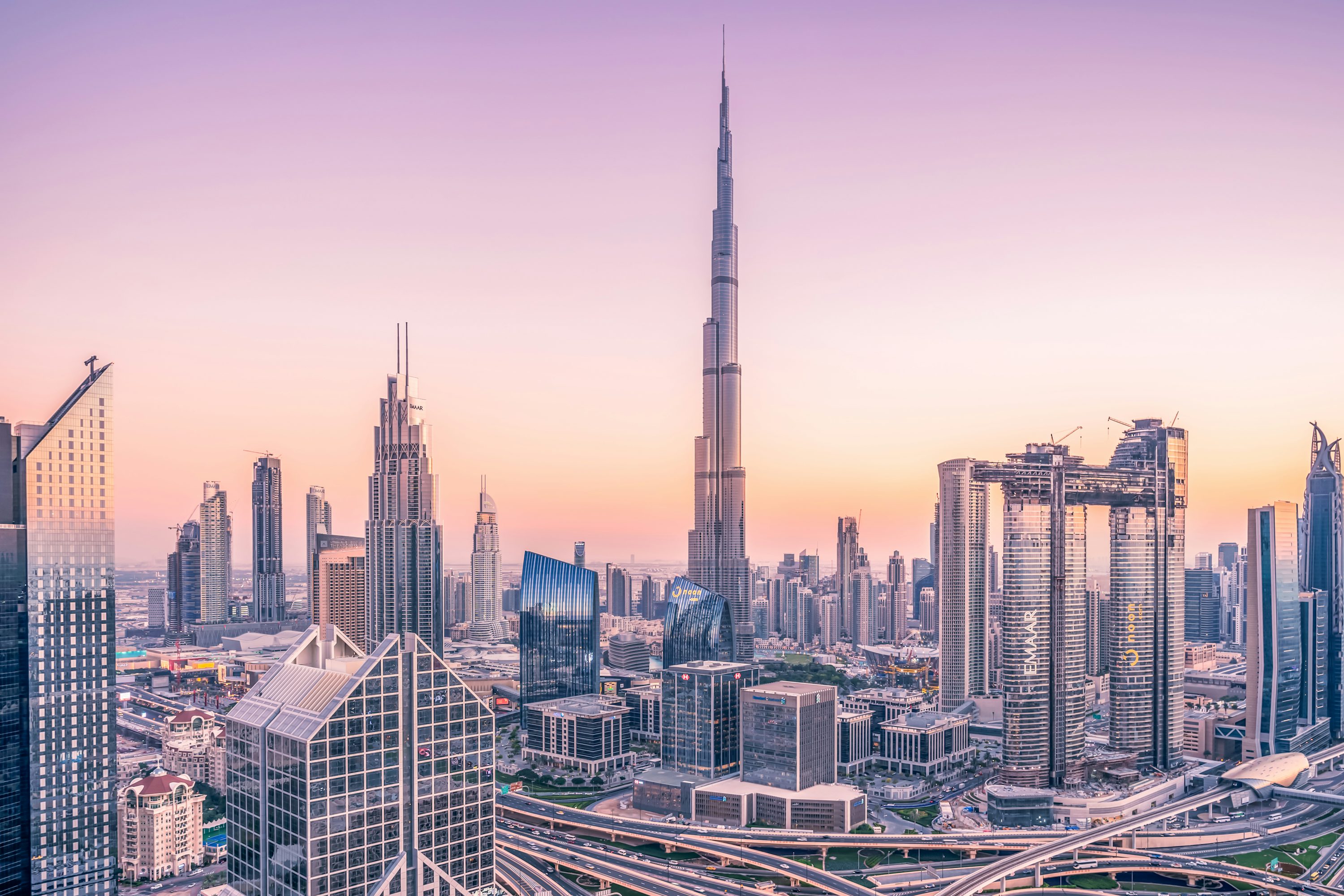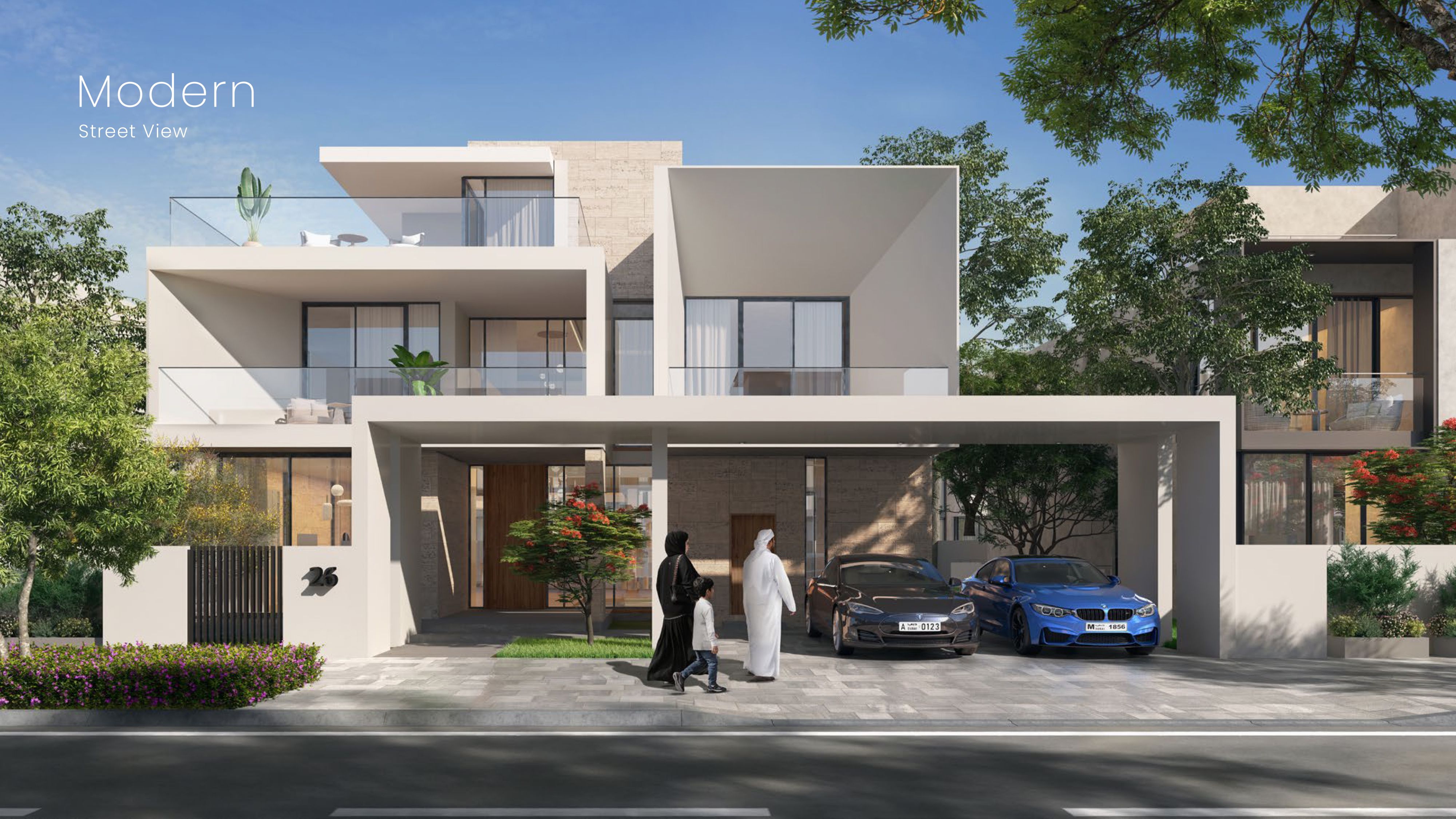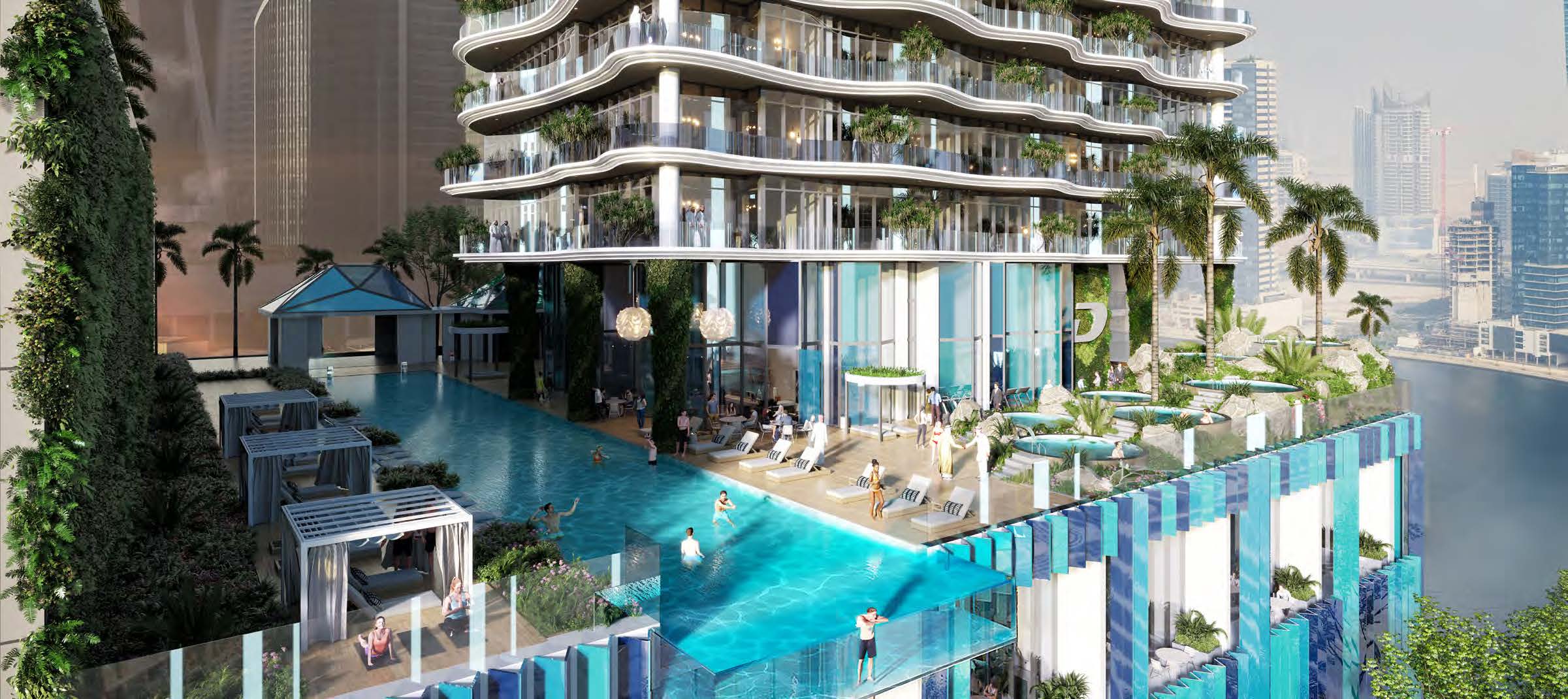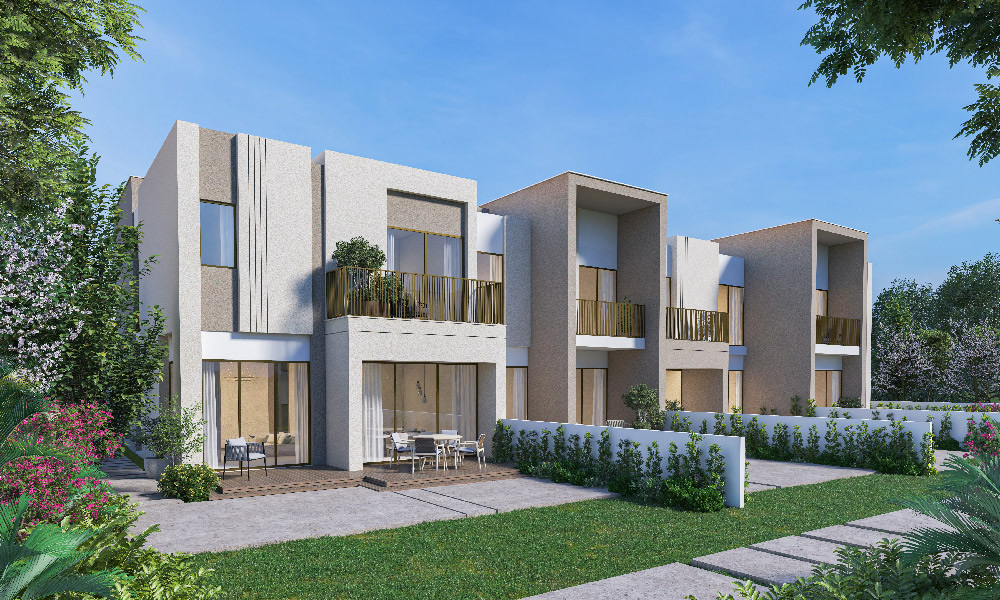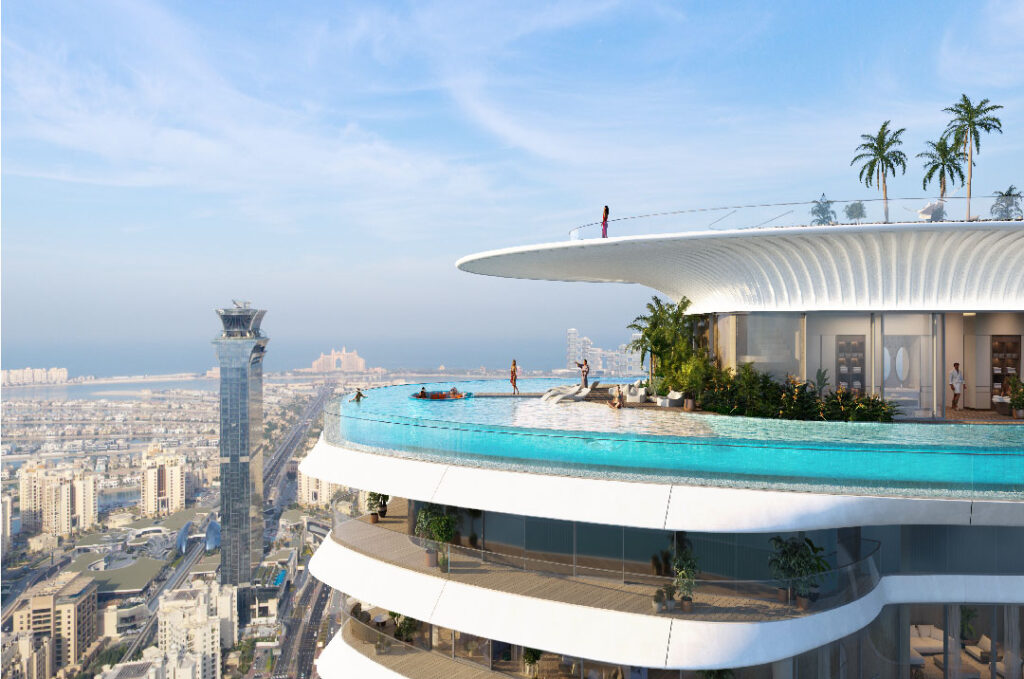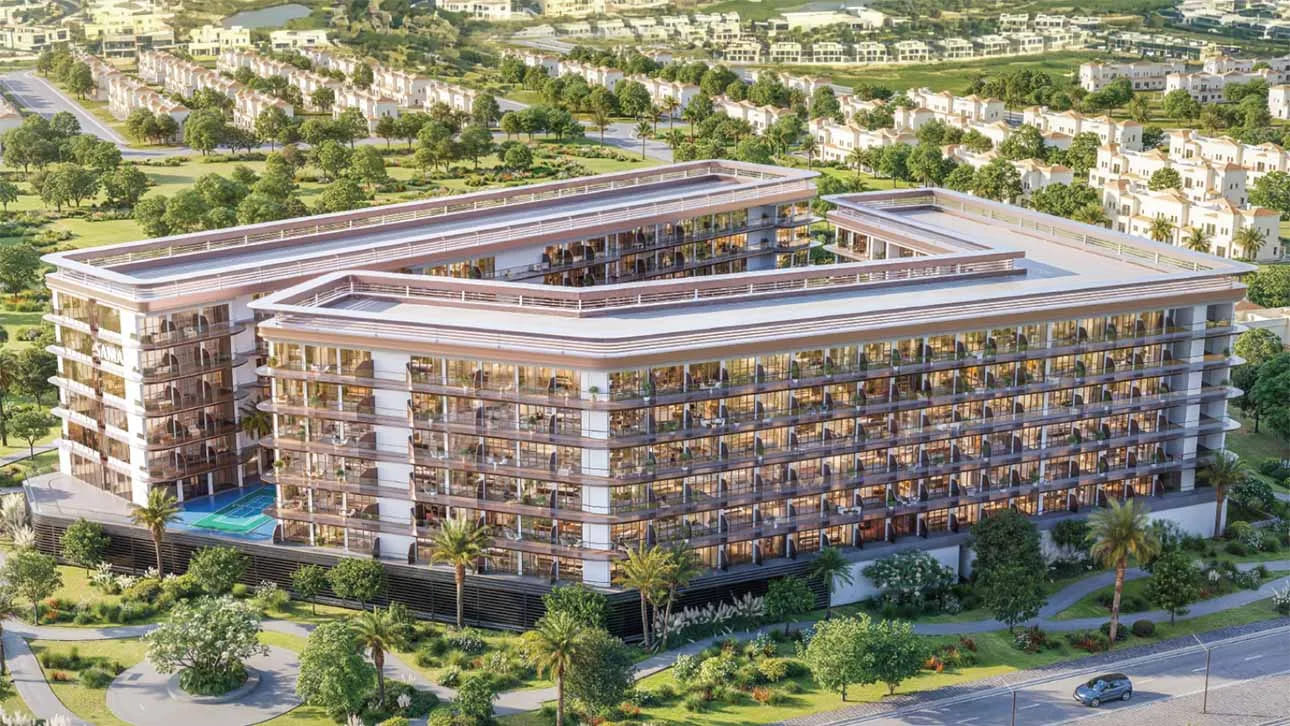Addressing the Urban Housing Challenge: Balancing Investment with Accessibility
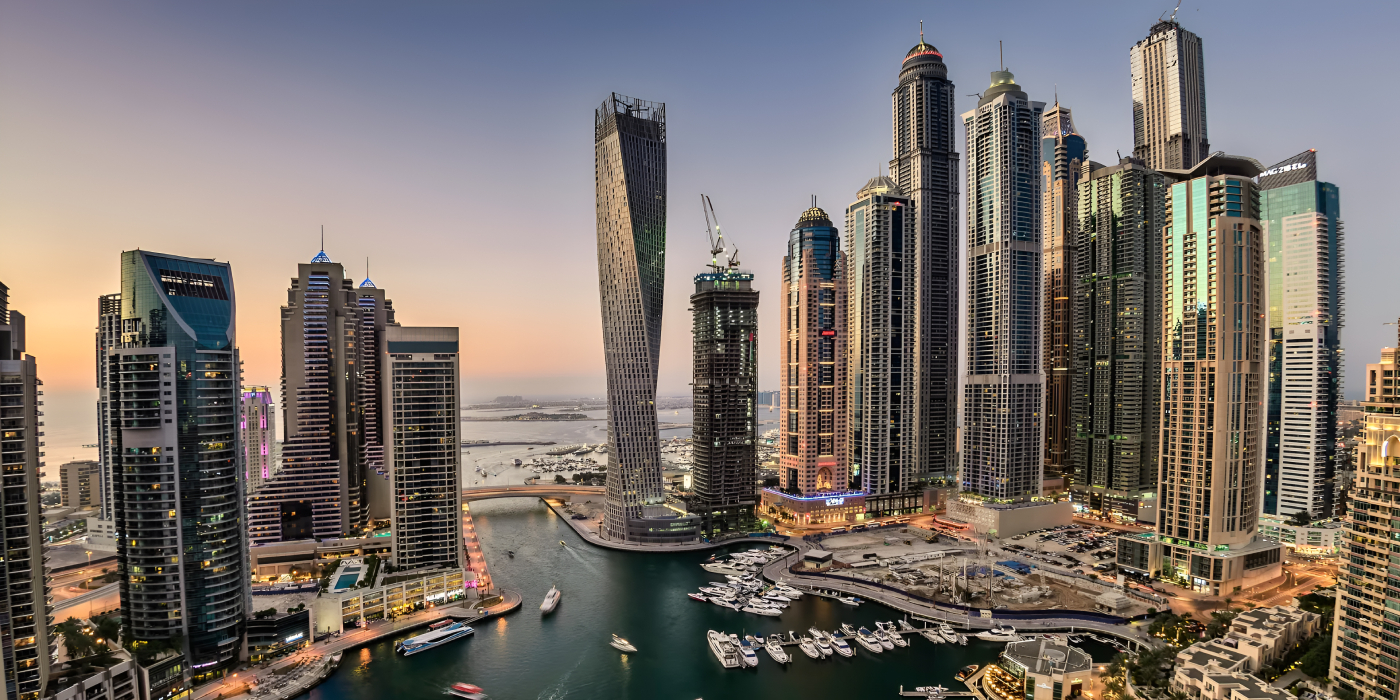
As Dubai and other MENA cities witness record real estate investment, affordable housing remains scarce. Discover the structural and policy factors driving the housing crisis and strategies for creating inclusive, sustainable urban growth.
The Urban Housing Paradox
Housing is one of the most pressing challenges facing rapidly growing cities today. Despite record investment in real estate, particularly across major urban centers in the MENA region, affordable and accessible housing remains in short supply. This paradox highlights a deeper structural issue: capital inflows do not always address the real needs of the majority population.
Our founders, Qurat Ul Ain and Mudasir Wani, recently shared insights in Construction Week, shedding light on why the housing crisis persists even amid booming investment.
The Structural Mismatch in Real Estate Investment
Much of the capital entering real estate markets is directed toward luxury and high-yield projects. While these developments offer prestige, international visibility, and strong returns, they rarely meet the needs of middle-income households, young professionals, or families — the backbone of urban life.
For example, in Dubai, high-net-worth investment dominates headlines, yet affordable housing near employment hubs remains limited. The market is expanding, but not where demand is most urgent.
Policy and Zoning Constraints
Rapid urban growth often outpaces urban planning frameworks. Outdated zoning laws and restrictive land-use policies limit opportunities for high-density and mixed-use developments, which could alleviate housing shortages.
Even with progressive steps like expanded freehold zones and public-private partnerships, more agile policies are needed. Regulatory frameworks should prioritize diverse housing supply rather than disproportionately favor premium segments.
Prestige vs. Practicality
The skyline of many cities tells the story: luxury towers dominate, absorbing land, capital, and attention. Without mandatory affordable housing quotas or targeted incentives, developers naturally focus on high-margin projects.
This “luxury trap” undermines inclusivity and threatens the long-term sustainability of urban growth.
Demographic Pressures and Urbanization
The MENA region is experiencing rapid demographic shifts:
-
UAE population expected to reach 10 million by 2026.
-
Saudi urbanization projected at 97.6% by 2030, with Riyadh hosting over 8 million residents.
While growth drives economic vibrancy, it also strains housing infrastructure. Without deliberate strategies for accessible housing, demand will continue to outpace supply, deepening affordability gaps.
The Double-Edged Role of International Investment
Foreign investment strengthens market confidence, but when properties are purchased primarily for speculation or safe-haven purposes, local markets can be distorted. Prices rise, availability shrinks, and housing becomes less accessible to residents who sustain the urban ecosystem.
Cities like Dubai, where international buyers form a significant share of transactions, must implement mechanisms to maintain housing accessibility for residents, not just investors.
Building Toward Equitable Housing Solutions
Solving the housing crisis requires a holistic approach, integrating policy, planning, and investment:
-
Incentivize Affordable Development – Tax breaks, expedited permits, and land grants can encourage mid-market housing.
-
Modernize Zoning and Land-Use Policies – Facilitate high-density and mixed-use developments near transit hubs.
-
Strengthen Public-Private Partnerships – Align commercial objectives with social priorities to serve diverse populations.
-
Introduce Regulatory Safeguards – Limit speculative ownership and mandate affordable units in new projects.
-
Leverage Data-Driven Planning – Use analytics to ensure investment aligns with real housing demand.
Conclusion
The urban housing crisis is not merely a supply issue, but a question of alignment: ensuring investment serves the everyday needs of residents. By balancing prestige developments with inclusive housing policies, cities can foster sustainable growth that is economically robust and socially equitable.



